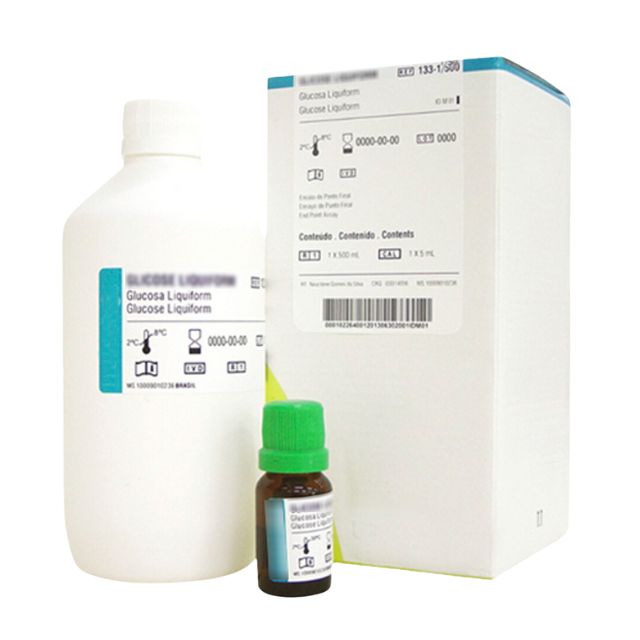Labkit GPT/ALT-LQ Biochemistry Reagent
Alanine aminotransferase is an enzyme produced mainly in the liver and much smaller amounts in the kidneys, heart, muscles, and pancreas. When serum activity is measured, it provides a marker of hepatic disease. It is also called alanine aminotransferase (ALAT) and was formerly called serum glutamate-pyruvate transaminase or serum glutamic-pyruvic transaminase (SGPT)
The enzyme is primarily cytosolic, with an isoenzyme (ALT2) also found in mitochondria, and is predominantly found in the periportal zone of the liver with a hepatocyte concentration up to 10,000 times that found in serum/plasma. It has a primary role in gluconeogenesis and amino acid metabolism.
ALT concentration is increased when hepatic cells are damaged (liver cell necrosis or injury of any cause). Indeed, viral and toxic hepatitis induce a marked elevation of ALT activity in serum. Intake of alcohol, delirium tremens, and administration of various drug induce slight or moderate elevation of ALT. ALT concentration in serum is also slightly increased in various conditions such as: muscular dystrophy, haemolytic disease, myocardial infarction. The magnitude of serum activity elevation is proportional to the number of affected hepatocytes, and marked increases will reflect irreversible cell damage and necrosis, while mild increases may indicate mostly membrane blebbing and reversible cell damage.
ALT is more liver specific than AST. Measurement of both AST and ALT has some value in distinguishing hepatitis from other parenchymal lesions. ALT serum level can be decreased in case of vitamin B6 deficiency.











Reviews
There are no reviews yet.